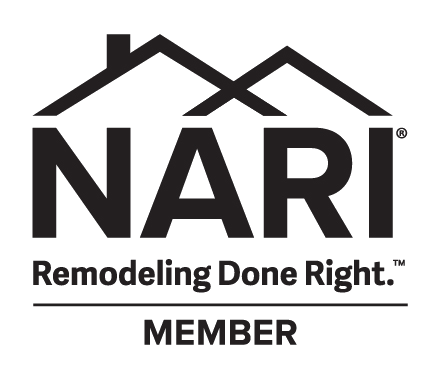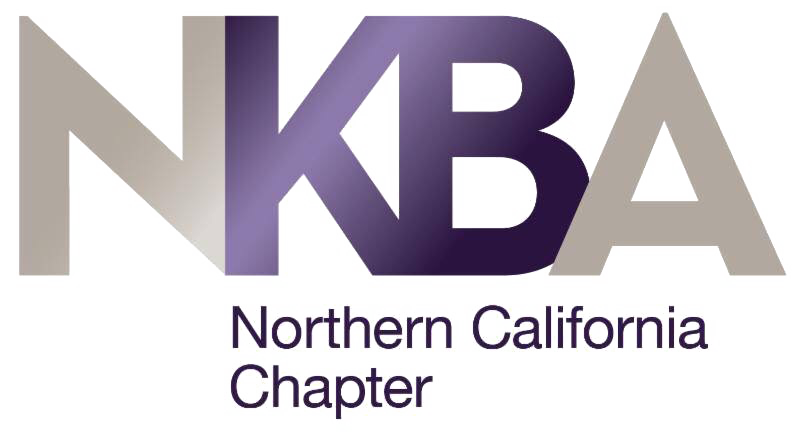LEED Certification: Its Role in Residential Remodeling
The idea of sustainable construction has been around since the late 19th century, but the inaugural Earth Day celebration and skyrocketing oil prices of the 1970s formally ignited the modern green building movement.
In 1998, the initial version of LEED, Leadership in Energy and Environmental Design, was developed and launched by the US Green Building Council. Today, its sustainable building standards are employed globally, with over 100,000 LEED-certified projects worldwide.
This ubiquitous certification program encompasses design, construction, and operation. The goal is to maximize the benefits to human health and wellness while minimizing the impact on the environment and precious resources. Points are accumulated based on a rating system.
Depending upon the number of points accrued, a building can attain one of four levels of LEED certification:
- Certified, the most basic level
- Silver
- Gold
- Platinum, the highest level
Points are achieved in six areas:
- Sustainable sites
- Water efficiency
- Energy and atmosphere
- Materials and resources
- Indoor environmental quality
- Innovation and design process
Sustainable sites are in proximity to public transportation to reduce pollution and impacts of increased automobile usage. These buildings also focus on optimizing energy performance through sustainably-produced energy.
Water efficiency is realized through low flow faucets and toilets and efficient irrigation or recycled water for landscaping.
Energy and atmosphere standards are met by eliminating the use of Chlorofluorocarbons (CFCs) in HVAC systems, installing LED lighting, and accessing renewable energy resources.
Another way to achieve points toward LEED certification is through the use of building materials and products that are recycled, produced regionally, or are rapidly renewable, such as bamboo flooring, wool carpeting, and genuine linoleum flooring.
Maximizing natural light and exterior views, using low or no VOC products, and creating an optimal air exchange system are ways in which a building’s interior promotes health and sustainable design.
Harrell Design + Build Designer Divya Vijayanandakumar, LEED AP ID+C, UDCP, is a LEED Accredited Professional in Interior Design and Construction. She has contributed her design talents to residential remodels and large-scale commercial office buildings, healthcare, and educational facilities.
There are several LEED-certified buildings in the Bay Area, including San Jose City Hall and, one of Divya’s favorites, the California Academy of Sciences in Golden Gate Park. Both have attained Platinum certification, the highest and most prestigious LEED classification available.
Though primarily utilized in commercial spaces, LEED concepts are frequently integrated into residential spaces. Divya points out that much of California’s residential building code includes green building requirements, and many cities choose to embrace additional sustainable specifications.
“Some clients want to know how they can make environmentally responsible choices when remodeling their homes. That’s where my LEED accreditation and work in the commercial sphere is advantageous,” shares Divya. “I can guide them toward choosing materials, systems, lighting, and products that will create a more efficient and healthy home.”
Divya, who also holds an Evidence-Based Design accreditation, acknowledges that this science-based process has proven that LEED-certified buildings are more efficient and healthier for those living and working in them.
Residential improvements and remodels can include LEED-based principles to create a healthier home environment without undertaking the rigorous certification process.
Would you like to explore how these sustainable, green building practices might be incorporated in your home remodel or addition? Schedule a complimentary discussion with one of our experienced Designers.
Or, attend one of our virtual workshops to learn more about the Harrell Design + Build Design + Build experience.
Woman Founded and 100% Employee-Owned, Harrell Design + Build has created distinctive homes in Silicon Valley and on the mid-Peninsula since 1985. Our Design + Build Team is here to help you reimagine your home inside and out.






